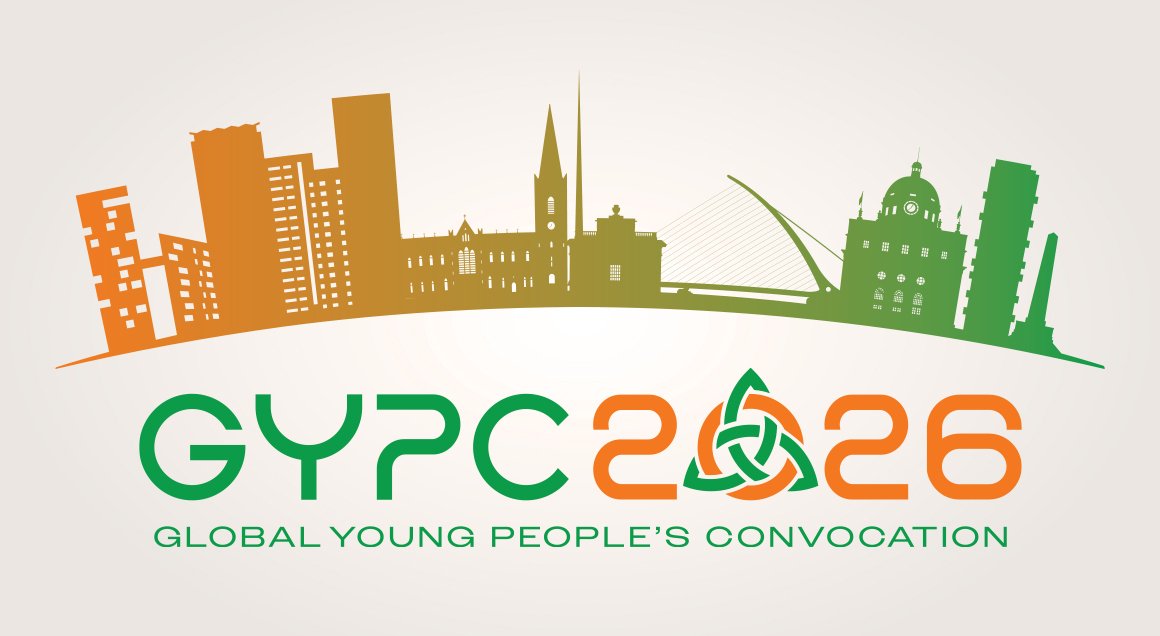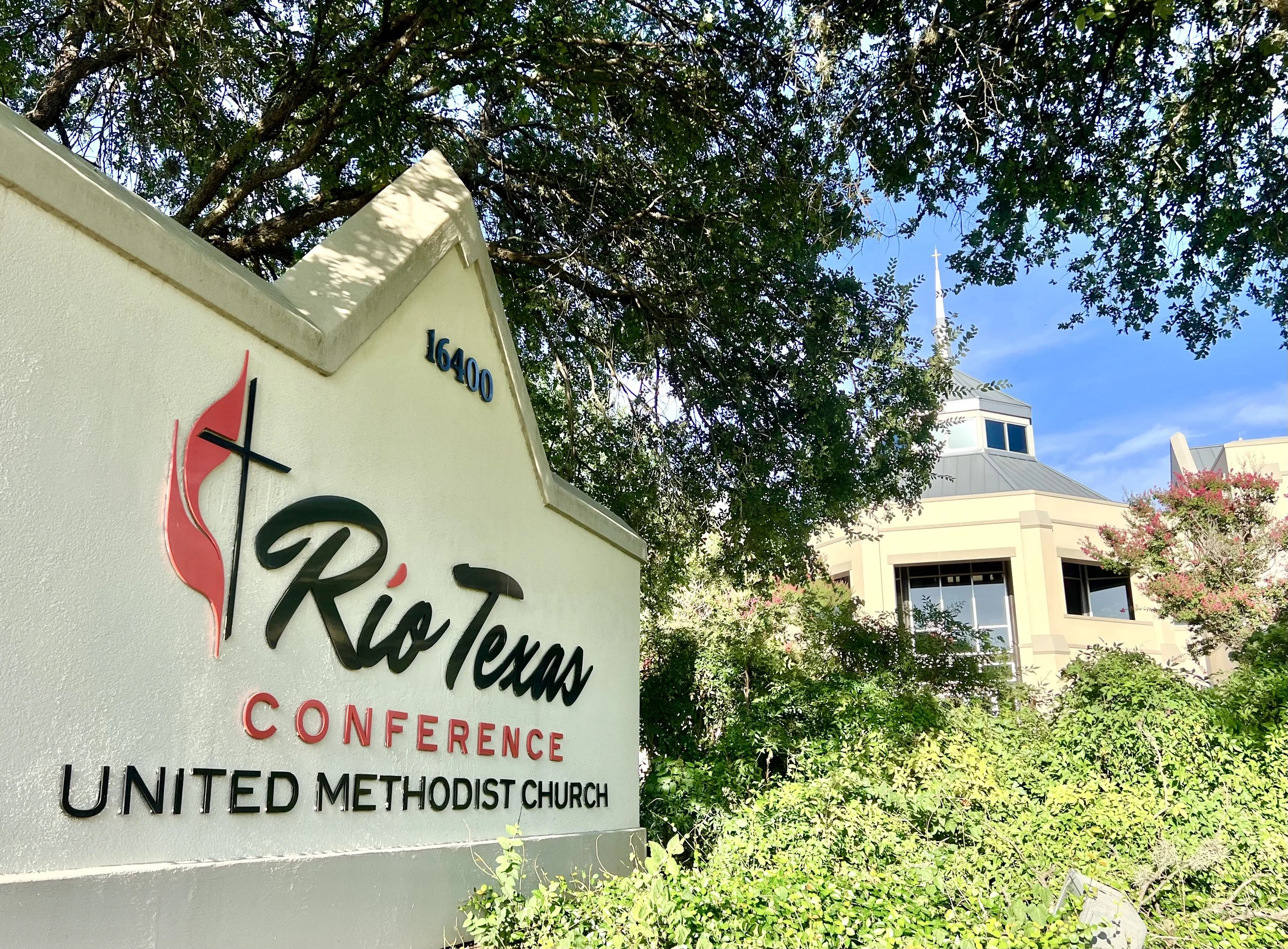Harvey Aftermath in Rockport
/By Laura Merrill
The pastor and people of First United Methodist Church in Rockport are making their way toward the future one day at a time. In a town where many road signs are down, and directions can start with, “You know where the big crab used to be?” the sense of disorientation in their own town continues. But it’s starting to get better.
The first weekend in October, I drove around with my ordination buddy and former fellow associate pastor at First UMC in Victoria, Rev. Laura Hewett Becker. She showed me areas of town that just a week or so ago weren’t possible to enter. We toured Copano Cove and Copano Heights, where some of her church members and staff lived. I saw for the first time homes with the front and back walls completely blown out. Trailers and mobile homes were twisted and ripped open like tin cans; big double-wide mobile homes were flipped upside down or had whole sides missing. Laura’s husband, William, remarked that the people who lived there were now going to have nothing. He remembered buying a trailer back when it was all he could get a loan for, and he had to talk his way into getting it insured. Repairing his own, he said, taught him why no one wants to insure them.
We drove to Key Allegro, where my sister and her husband used to live. Brightly painted in the tropical tradition, their home was known by my kids as “the pink house.” While an upscale neighborhood, Key Allegro included many houses that were old and made of wood, and the destruction there was stunning. As we rounded the corner, I saw that the lot where my sister’s home used to be was completely cleared, nothing left at all.
The folks who had bought the house lived there year-round, unlike many other homeowners on the key, and they had priority over their neighbors for clean-up. I felt like I had been punched in the gut, remembering family trips to visit and the love my children experienced from my sister and brother-in-law.
The piles of debris, all the stuff, the roofs ripped off, trees stripped and snapped in half, places that sort of look okay until you look more closely—
it’s hard to take in, and Laura said that driving around and showing people, talking about it, helps. It’s a way of processing and taking in this new reality. She said it’s like they all got the phone call at once, saying nothing will ever be the same again. Even the people who are normally helpers got that call—they’re all dealing with the same thing. Kids who had attended three days of school had to evacuate prior to the storm and ended up instructed to enroll in school pretty much anywhere else. I heard about kids attending school in Nederland, Runge, Portland, and Austin. Now the Rockport schools are scheduled to open back up, relying extensively on the use of portables, so these kids will need to make another shift. Again, it’s a lot to take in.
I saw a whole ecumenical parade of impacted church buildings—the Presbyterians, Assembly of God, Vietnamese Catholics, and non-denominational Church Unlimited (which apparently wasn’t insured) and more will be facing either extensive repairs or complete demolition.
The United Methodist church also got hit with some water damage to the sanctuary and offices. A partial front roof was blown off the new preschool, which let water into the whole facility. The school was covered by insurance and is actually almost repaired. It will look like new.
Decisions are still being made about what can and can’t be kept from the sanctuary; sometimes even though something looks like it’s ok, it’s really not. Mold is a powerful thing.
Finally, there’s the church itself—the people. On the Sunday after the storm, when worshiping outside would have been the only option, the heat and humidity and mosquitoes were just too oppressive. But since then, the church has been loaned space at the Education Center adjacent to the now-completely-destroyed Rockport Aquarium.
The center serves as a makeshift courtroom for Aransas County during the week, but on Sunday it easily becomes a sanctuary. October 1 was World Communion Sunday, and the pastor was determined to keep the congregation connected with the wider world, where so much suffering is evident, especially among people with far fewer resources to count on for recovery.
FUMC, Rockport’s Musical Director Ouida Richardson had prepared a women’s ensemble to sing “Requiem,” written by Eliza Gilkyson after the 2005 tsunami and arranged for choir by Craig Hella Johnson after Hurricane Katrina. The sense of lament in that beautiful song was deep and shared:
Mother Mary, full of grace, awaken.
All our homes are gone, our loved ones taken.
Taken by the sea -
Mother Mary, calm our fears, have mercy.
Drowning in a sea of tears, have mercy.
Source
Yet as is so often true, the grief and sadness church members lifted up in their spoken prayers, for themselves and so many others, were interwoven with deep joy and gratitude. I saw it as church members smiled and embraced each other, holding hugs longer than usual;
as they filled the room up to and beyond capacity;
as they approached the table of grace with open, expectant faces and hearts;
as their little ones colored and enjoyed crafts given by First UMC in McAllen;
as they lingered to visit afterwards and left with packets of communion bread and juice to share with people in the world. They came to remember who they are and to praise the One who feeds them and holds them tight. Then they headed back out, to live the next part of the story.
The same stories and steps are unfolding in other parts of Rio Texas, and I look forward to experiencing those as well. Our annual conference is taking its steps to put people in place who can help us use the resources holy generosity is bringing over the long haul. It takes time, as anyone knows who’s been through something similar. But to have each other, to know ourselves as beloveds of God, and to trust God’s powerful, loving hand—these make all the difference along the way.





































